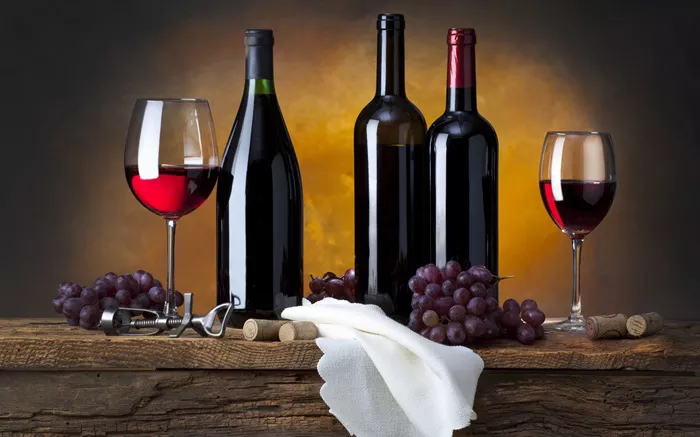When artificial intelligence-powered tractors became available to vineyards, third-generation farmer Tom Gamble was eager to adopt the new technology. Despite anticipating a learning curve, Gamble believed the potential benefits made it worth the effort.
Gamble purchased an autonomous tractor and is currently using its AI-driven sensors to map his Napa Valley vineyard. The tractor is learning each row, preparing for full self-driving operations this spring. Once autonomous, it will collect and process data to support Gamble’s “precision farming” strategy — allowing him to make better-informed decisions about crop management.
“It’s not going to completely replace the human element of putting your boots into the vineyard — and that’s one of my favorite things to do,” Gamble said. “But it’s going to let us work smarter, make better decisions, and reduce fatigue.”
Gamble plans to use the technology extensively, driven by economic pressures, air quality concerns, and regulatory demands. Autonomous tractors, he said, offer the potential to reduce fuel consumption and lower pollution levels.
Experts see the wine industry as a model for how businesses can integrate AI technology to supplement, rather than displace, human labor. AI-driven innovations can help vineyards cut waste, optimize water usage, and minimize reliance on chemicals like fertilizers and pesticides. Autonomous tractors and irrigation systems use soil and vine data to reduce resource use, while providing farmers with more precise information on crop health and seasonal yields.
Beyond field operations, wineries are also exploring AI for creative applications — from generating custom wine labels to developing entire wine lines with ChatGPT.
“I don’t see anybody losing their job,” Gamble emphasized. “Tractor operators will need new skills to manage fleets of these machines, and they’ll be compensated accordingly.”
Farmers, Gamble added, have always adapted to new technologies — recalling past fears when tractors replaced horses and mules, only for the machines to prove their worth. He believes AI farming tools will follow a similar path, albeit requiring time and adjustment.
Major agricultural companies like John Deere are also embracing AI. Their “Smart Apply” technology uses sensors and algorithms to detect grape foliage, spraying materials only where needed to reduce waste. Last year, John Deere partnered with Sonoma County Winegrowers to further help vineyards maximize yields through technology.
At Redwood Empire Vineyard Management, partner and viticulturist Tyler Klick is implementing automated irrigation valves. These smart valves monitor water flow, send alerts for leaks, and automatically shut off in case of excessive use. “The valve learns typical water use and adjusts accordingly,” Klick explained. The system costs about $600 per valve, plus an annual subscription fee of $150 per acre.
“Our job in viticulture is to adapt operations to the climate conditions we’re given,” Klick said. “AI will help us fine-tune that process.”
However, not all vineyard operators are equally poised to embrace AI. Angelo A. Camillo, professor of wine business at Sonoma State University, pointed out that small, family-owned vineyards — which make up about 80% of the U.S. wine industry — face financial and educational barriers. High-tech solutions like robotic arms for pallet assembly can cost as much as $150,000, limiting accessibility for smaller producers.
“There’s a significant investment hurdle,” Camillo said. “And then there’s the challenge of training — who will operate these AI systems?”
Scalability is another concern. While drones can effectively monitor small plots, managing dozens or hundreds across large vineyards would require specialized IT support, Camillo noted.
Despite these obstacles, AI’s potential for vineyard management is significant. Mason Earles, an assistant professor at UC Davis and head of the Plant AI and Biophysics Lab, said AI can monitor plant health, predict yields, and detect diseases early — critical for protecting crops.
Vineyard viruses can devastate entire fields, Earles explained, and replanting can take five years. AI systems like the Scout platform, which he co-founded, use machine learning to process thousands of images rapidly, measuring grape clusters and predicting yields much earlier in the growing season.
“Yield prediction is crucial,” Earles said. “It impacts labor contracts and supply needs, but historically, no one’s been very good at it.”
Farmers are not resistant to AI, Earles added. After years of unpredictable conditions and labor-intensive tasks, many welcome tools that can lighten the load.
“They’ve been pitched tech for decades,” Earles said. “Walking and counting grapes is grueling — farmers would have gladly handed that over to a machine a long time ago.”
You Might Be Interested In:


